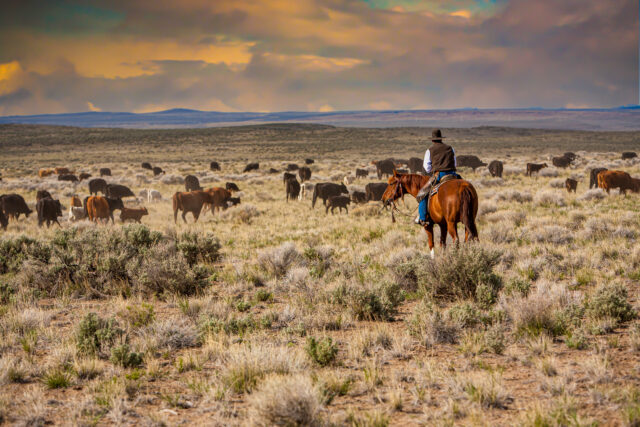Promising no-kill burgers and low-carbon steaks, lab-grown meat, aka cultured meat industry, is the new fad. Today, multiple firms are developing lab-grown chicken, beef, and pork, intending to slash the impact of industrial livestock production on the nature and climate crises. At the same time, it offers cleaner, drug-free, and cruelty-free meat.
Journey From Meat To Vegan And From Vegan To Lab-Grown Meat
Thousands of years ago, when our ancestors or caveman consumed meat (raw), it was solely for the sake of survival. With time, the advent of fire, agriculture, and the industrial revolution made people a silent killer.
It is the reason why reverting to a fully vegan diet has gained so much popularity in the recent past. Even though it sound s a safe approach, it comes with significant flaws-
- Plant-based diets alone are not sufficient to fulfill the nutritional demands of the body; for instance, Vitamin B12 is found only in the animal-based diet.
- Supplements cannot accomplish every nutritional need.
- Deforestation and greenhouse gases are a result of agriculture.
To fill these voids, humanity starts exploring alternatives where animals are not killed yet the nutritional demands met. It is when lab-grown meat came into existence.
What Is Lab-Grown Meat?
Lab-grown meat, also popular as cultured meat and cultivated meat, is an eco-friendly method of creating meat products. It is produced in bioreactors without slaughtering animals. The three major factors contributing to the increase in the production of lab-grown meat include-
- Raising concerns regarding animal cruelty
- Eco-friendly nature of lab meat
- Emphasis on the adoption of protein-rich food in the diet
The health benefits of protein-rich food are apparent. The recommendation of a diet rich in protein post covid19 recovery has made it further popular among the mass. Apart from that, it is expected that evolving lifestyle and rising per capita income will fuel the adoption of lab-grown meat among consumers. Additionally, the vegan population may rush towards cultured meat to accomplish their protein requirements. It will further boost market growth in the near future.
How Is Lab Meat Cultivated?
The idea behind meat cultivation in the lab is to avoid animal slaughtering. The technology of meat cultivation is called Cellular Agriculture, wherein the main ingredient or the raw material used is stem cells.
Stem cells have the ability to transform into any type of cell. Scientists or veterinarians use a specialized needle to remove around 1 gm of biological tissue from the animal through a process called a biopsy. It is done under the influence of anesthesia so that the animal does not feel discomfort or pain during the process. The donor animal returns to normal life within a few days.
Different samples give different results. For example, cow cells help you get steak; chicken cells help get nuggets, and so forth.
Once the sample is drawn, the next step is to grow and multiply it in a bioreactor. The two major functions of the bioreactor are-
- Protecting the stem cells from contamination
- Feeding the stem cells for growth and multiplication
Stem cells require a combination of minerals and vitamins for developing into fully cultivated meat. It takes around three weeks for the sample to turn into a meaty mixture and be ready for harvest. It will further require a few more steps to make it market-ready. With the help of high-tech gadgets and machines, the smell, look, and taste of the meaty mixture are conditioned. Once done, it will be ready to process as nuggets, steak, or whatever the demand is.
Studies reveal that lab-grown meat eliminates the risk of food-borne illness as the entire process is accomplished under sterile conditions. So, cultured meat is the answer for all those looking for cruelty-free animal food.
